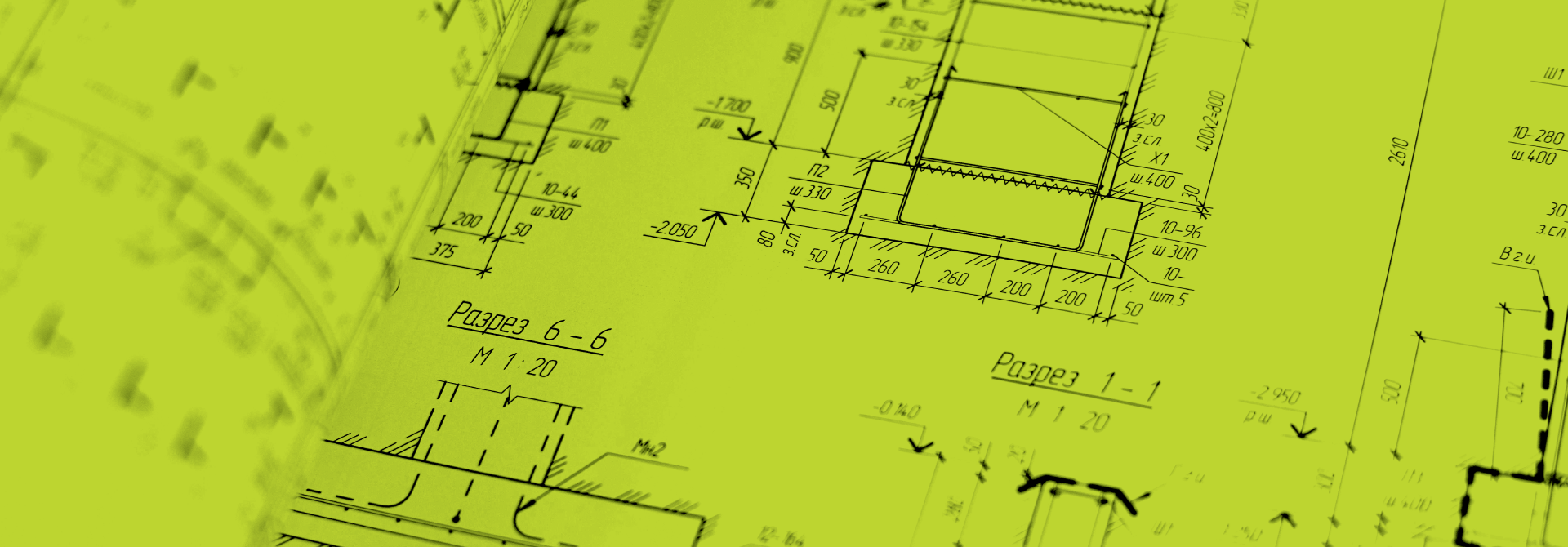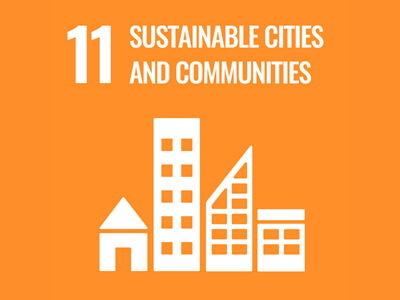About the Project
CityMe: Mapping Regions in the City from Citizens Perceptions
City dwellers communicate and reason about their surrounding urban settings in the form of places and regions. Within the city, these regions are distinguished by their vernacular or official names, descriptions, spatial extents and features related to their functionalities, purposes, intentions and perceptions. Nonetheless, the formal names and the geographical coverage of official administrative areas and well-established function-semantic regions (e.g., financial districts, residential areas) are oftentimes inconsistent with citizens’ general perceptual consensos. This incongruence induces operational issues in urban planning, mostly because city partitioning strategies might be incompatible with overall citizens’ judgment of the spatial distribution as well as the toponyms of neighborhoods, districts and areas of interest.
This project contributes for SDG 11 - Make cities and human settlements inclusive, safe, resilient and sustainable.
Impact:
The project outputs will bring academia closer to society due to the participatory nature of the survey and the communication activities, ultimately bringing awareness and engagement about the interface between cities, people and technologies in the context of smart cities. In addition, the results will also be of great value for decision-makers, stakeholders and planners, both in the public and the private spheres.








